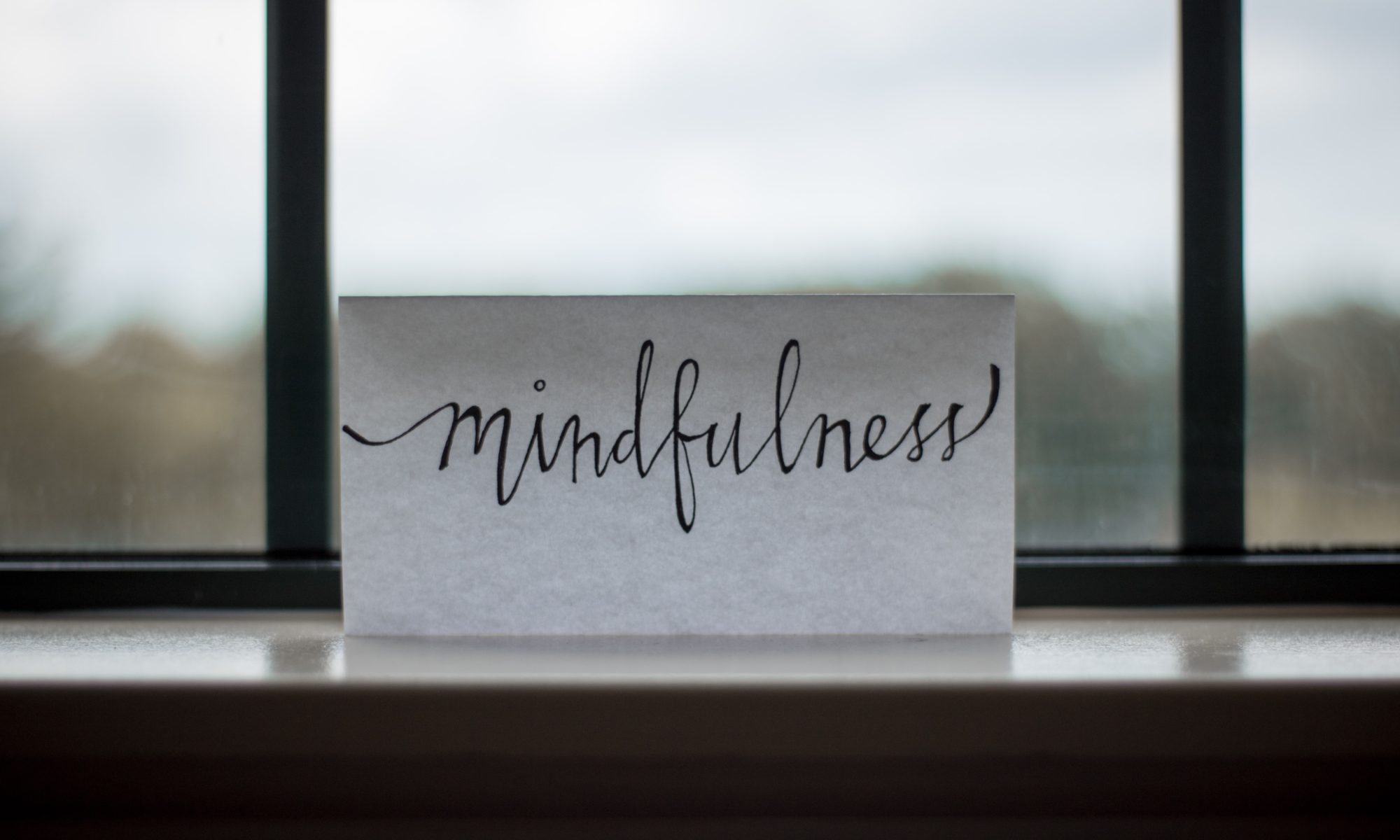
Let’s continue our look at different therapy approaches, starting with Dialectical Behavioral therapy. Dialectical Behavioral Therapy is considered a newcomer to the field, despite it being around since the 1980’s. Dr. Marsha Linehan developed DBT as an offshoot of Cognitive Behavioral Therapy to treat those diagnosed with Borderline Personality Disorder. BPD was considered extremely difficult to treat, and the success of DBT didn’t stop there. Dialectical Behavioral therapy is empirically proven to work with addictions, self harming, substance use, and is appropriate for anyone with emotional regulation issues. It takes the established strengths of Cognitive Behavioral Therapy and infuses Mindfulness techniques, helping patients make behavioral change while sitting through intense emotions.
The four areas of DBT
DBT starts from four main tenets: Emotional Regulation, Distress Tolerance, Interpersonal Effectiveness, and Mindfulness. Put together, this lays the foundation that preaches sitting with and through emotions, staying balanced between ration and emotion, and pragmatism in our interactions with others. DBT is highly effective and is often taught didactically, through workbooks or modules.
Mindfulness
DBT starts and ends with mindfulness. Mindfulness is the practice of increasing awareness. Paying attention to ones thought, nonjudgmentally, helps control one’s thoughts and become more intentional and calm. Being mindful of thoughts can assist with all forms of emotional regulation, including anxiety,pain, anger, or depression. Mindfulness is also useful for withstanding physical symptoms like panic attacks, dissociation, trauma responses, or chronic pain. Mindfulness takes from many eastern philosophies and religions and challenges us to be more contemplative and intentional, whether it be practice regular meditation, recognizing and focuses the sensations occurring in our body, or slowing down to pause from our busy lifestyles for a moment of peace and clarity. Mindfulness doesn’t require any belief in an omniscient being but does recognize the tenets of Eastern philosophies.
Emotional Regulation
Most therapy modalities work to control emotions, but they go about it different ways. Cognitive behavioral therapy challenges the thought that causes the emotion, intending to the change the emotion. Dialectical behavioral therapy teaches to accept the emotion and to ride through it. Acknowledging the emotion allows separation between actions and feelings, providing the ability to be intentional and mindful of our choices. This segues very well into emotional regulation, stopping impulsive and emotionally driven reactions and instead encouraging pragmatic thought. Dialectical Behavioral Therapy uses techniques like Wise Mind to help balance emotion, where the person is asked to step back and examine their thinking. Wisemind is the idea of dividing our brains into two halves, emotion and reason. The ideal space is a perfect balance between, which is “Wisemind.” It asks that we look at where we are in the current moment, a mindful check in to see if we are using our rational and reasonable half or our emotional half. Then we look to adjust and find that harmony of balance and make decisions from the “wisemind.”
Distress tolerance
Distress tolerance is the idea of building our resilience to stressors, in order to improve our ability to withstand them. Distress can be anything from anger, anxiety, chronic pain, or self harm ideation. Dialectical Behavioral Therapy uses techniques like grounding to sit through the emotion and surf the feeling until it ebbs. Instead of confronting and challenging the emotion, DBT teaches to outlast it and ride the wave until it leaves. It also recognizes that distress level is dynamic, rising and lowering throughout the day and emphasizes the use of self care activities or meditation to not only return to a calm center but also bolster yourself against future stressors. DBT treats distress tolerance like bandwidth, where we have our limits but can also plan ahead strategically to help with unavoidable stressful situations.
Interpersonal Effectiveness
We all live in relation to others and so do our problems and conflicts. DBT looks at how we relate to and interact with others and tries to improve that. Stemming from its beginnings working with those diagnosed with Borderline Personality Disorder, DBT tries to avoid tumultuous conflicts and problematic relationships that often accompany those diagnosed with BPD. This tenet does extend to those who do not fit that diagnosis, as poor emotional control often comes at the cost of relationships. Outbursts of anger are often directed at those we are closest to and cause rifts in our relationships, both personal and work. DBT works with several techniques that teach staying objective in conflict, working to keep consistent with values, and to accept disagreement. Again, a key diagnostic criteria of Borderline Personality Disorder is unstable and intense relationships, where an extremely close relationship may end with high conflict and zero communication. Dialectical Behavioral Therapy has been empirically shown to improve behavior and relationships.
DBT is a very sought after and in vogue therapy modality now and with good reason. It takes simple and self driven steps that are objective and modularized to reach empirically proven results. It has changed Borderline Personality Disorder from a diagnosis previously thought to be extremely challenging to one that has clear and simple steps to an achievable success. Better yet it has since been shown to be highly effective with all populations, and a myriad of disorders. Dialectical Behavioral Therapy is straightforward and clear. It uses mindfulness tools to better control our emotions and to improve our relationships and stress tolerance. If you are interested in learning more about DBT, check out these links below including the creator of DBT herself.
https://behavioraltech.org/about-us/founded-by-marsha/
https://www.family-institute.org/therapy-programs/dialectical-behavior-therapy



